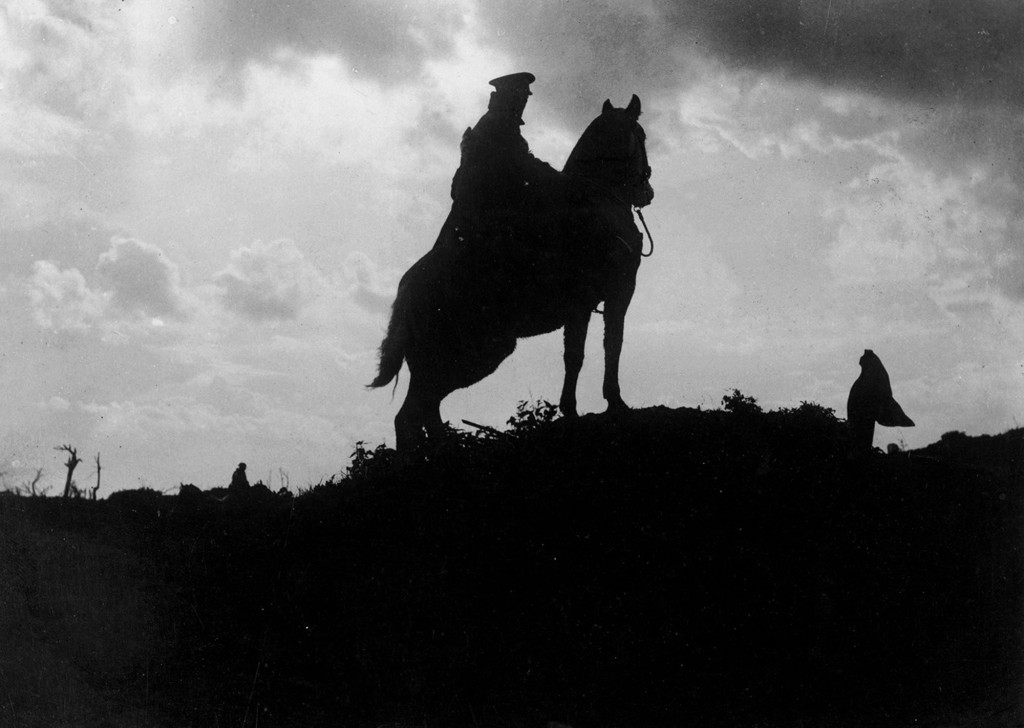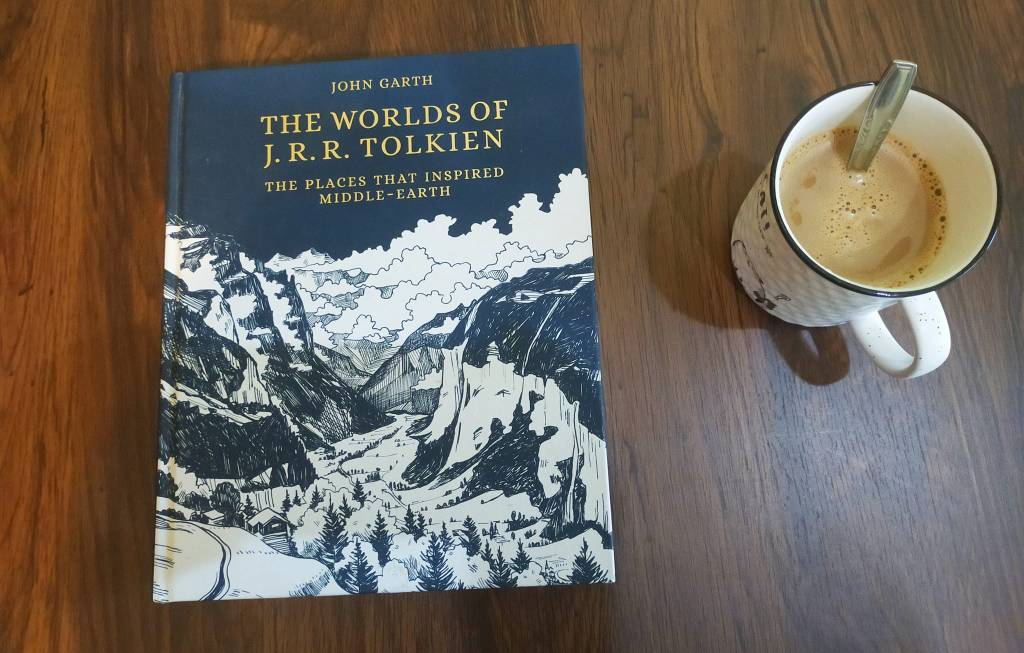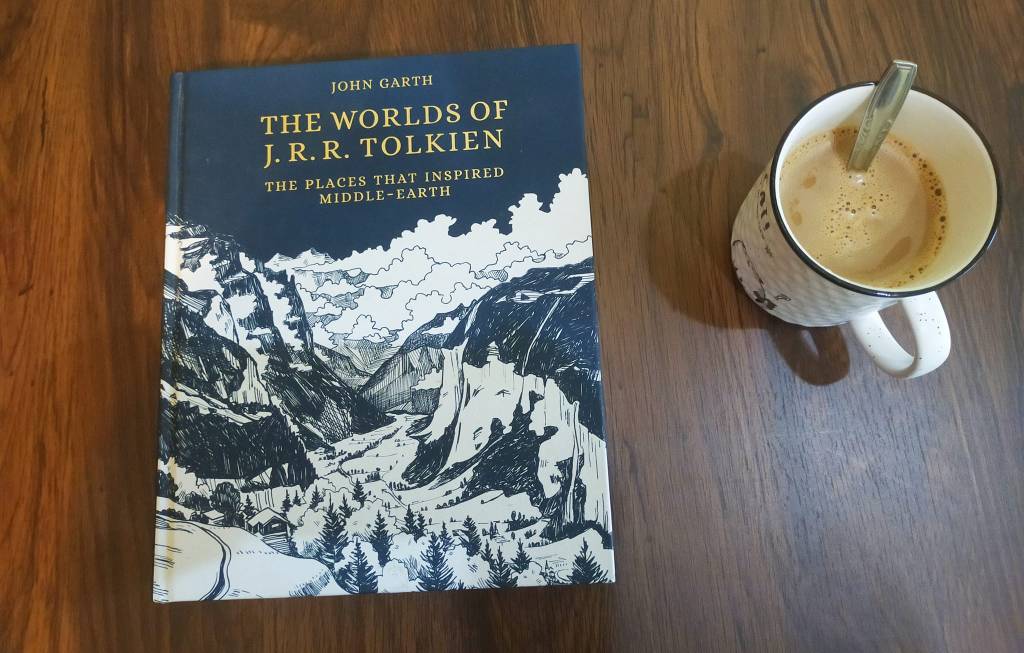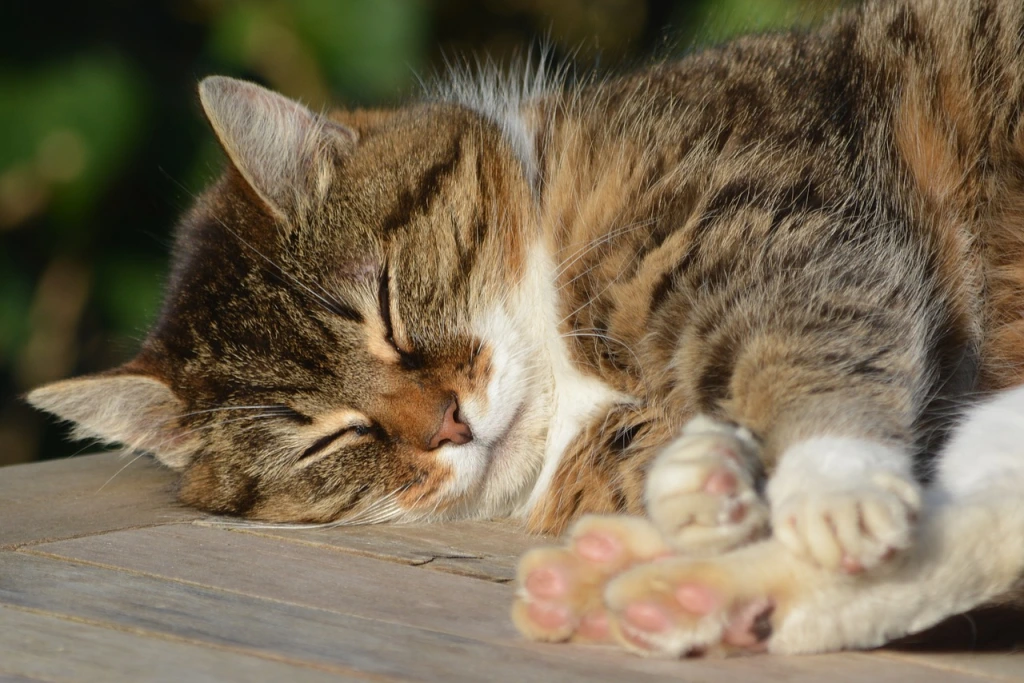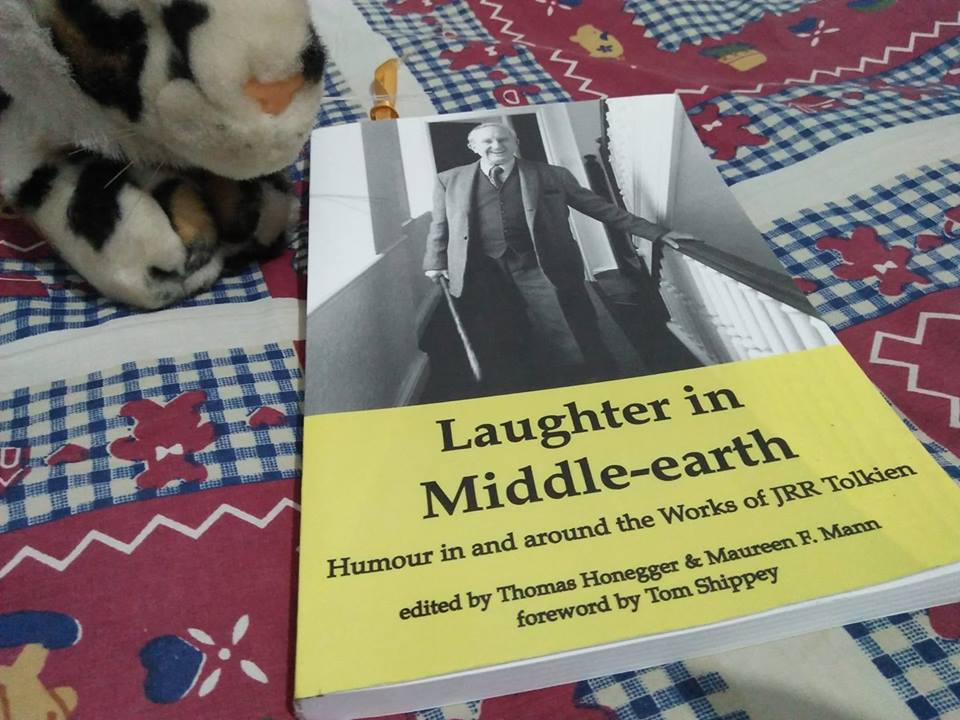
“Tolkien’s major achievement, one could argue, was in fact to create a new-style image of heroism for an uncertain and dispirited age.”
Shippey and Bourney: A Steep Learning Curve: Tolkien and the British Army on the Somme
World War One left its mark in Tolkien’s works as the source of motifs and imagery, like philosophical and historical themes, contemplation on death and destructions, and reflection on relationships between people of different roles and groups. Additionally, the elements of personal experiences and daily observations helped bridging the gap between the image of the Great War and the realities of being in one. In Something Has Gone Crack: New Perspectives on J.R.R. Tolkien in the Great War (2019), notable contributors in Tolkien studies provide sixteen essays exploring different perspectives regarding of war and its effects on Tolkien’s works and personal life.
Lanjutkan membaca ““Something Has Gone Crack”: the Great War and Tolkien, from Multiple Perspectives (Review)”
